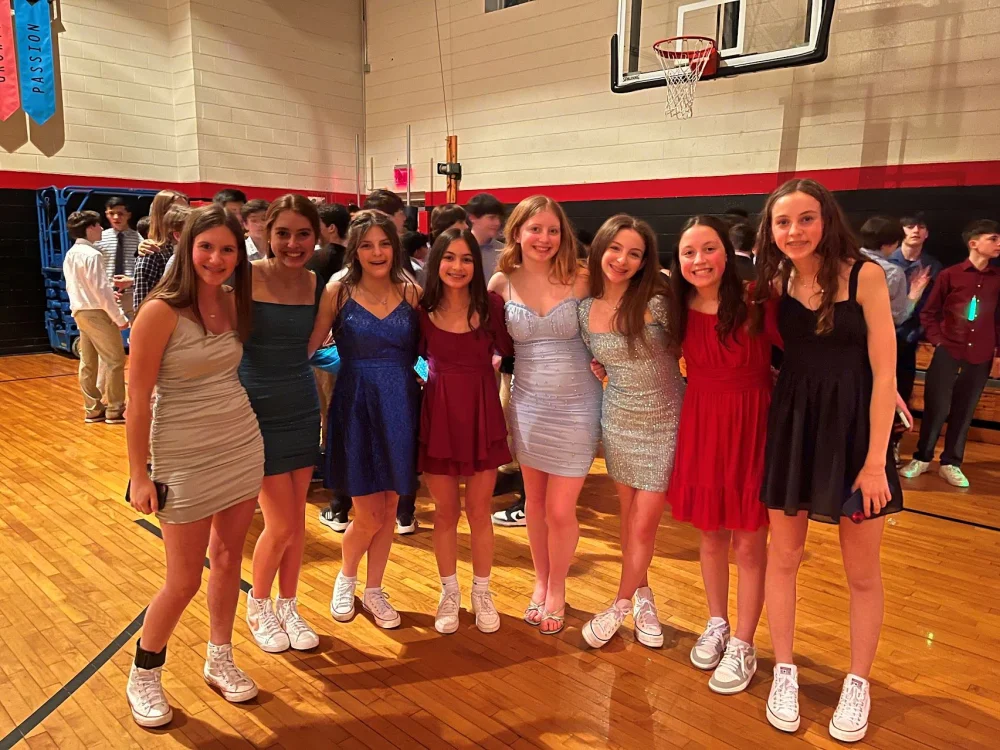
- what-are-middle-school-dances-really-like
- why-middle-schools-host-dances
- types-of-dances-you-might-experience
- real-stories-middle-school-dance-memories
- how-parents-and-schools-prepare
- get-inspired-at-american-dance-academy
1. What Are Middle School Dances Really Like?
Yes—school dances do happen in middle school! For many students, it's their first real experience with social events outside the classroom. Middle school dances are typically held in the school gym or cafeteria, with simple decorations, a hired DJ or playlist, snacks, and light supervision from teachers and parent volunteers.
Unlike high school proms or formals, middle school dances tend to be shorter (often 2 hours), more casual, and focused on fun rather than formality. For students wondering, “are there school dances in middle school?” the answer is a definite yes—but they’re designed with age-appropriate structure and supervision.
2. Why Middle Schools Host Dances
School dances serve more than just fun—they’re part of developing students’ social skills. They allow kids to bond outside the classroom, learn respectful boundaries, and express themselves through movement and fashion.
For educators, dances are also a reward system, often tied to academic achievement or good behavior. Some schools require signed permission slips and may limit attendance to students meeting certain criteria—so behavior at school still matters!
3. Types of Dances You Might Experience
Middle school dances come in different themes and formats. The most common include:
Welcome Back Dances: Often hosted in the fall, these help new students settle in and make friends.
Holiday-Themed Events: Think Halloween or Valentine's dances with costume contests or heart-themed decorations.
End-of-Year Dances: These have a more emotional tone as they signal the end of the school year. Eighth-grade dances are especially significant—they’re often seen as a rite of passage into high school.
4. Real Stories: Middle School Dance Memories
Maria, now in college, remembers her first middle school dance as both “terrifying and amazing.” She said, “I spent an hour deciding what to wear, only to dance for ten minutes and spend the rest with my friends laughing in the corner.”
Another student, Dylan, recalls the DJ playing Justin Timberlake’s “Can’t Stop the Feeling,” which turned into a full gym-wide sing-along. “It was awkward at first, but that moment pulled everyone in. It was the first time I felt like I belonged.”
5. How Parents and Schools Prepare
Middle school dances aren’t spontaneous events—they require coordination. Staff and volunteers often arrive early to decorate, set up refreshment tables, and test sound equipment. Most dances include clear rules: no cell phones on the dance floor, appropriate attire, and designated pick-up times for safety.
For parents, it’s a good idea to talk to your child beforehand. Ask how they feel about attending, and remind them that it’s okay to sit and watch or just chat with friends. Participation can mean different things for different students.
6. Get Inspired at American Dance Academy
If your child is showing interest in movement, rhythm, or even just wants to feel more confident on the dance floor, exploring professional dance classes might be a great next step. American Dance Academy offers programs that help kids develop dance skills while building self-esteem—perfect preparation for school dances and beyond.
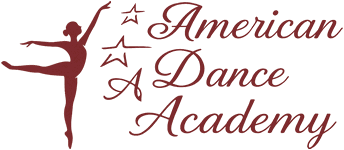
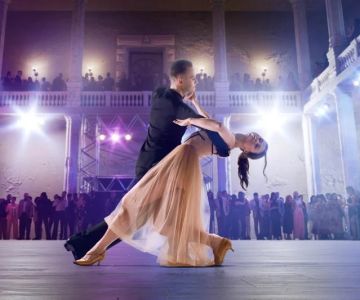
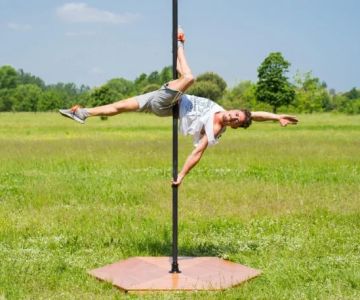
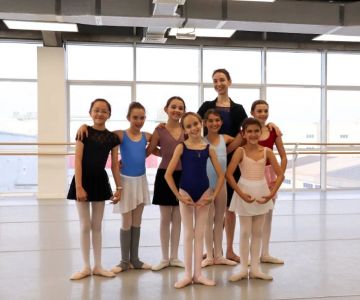
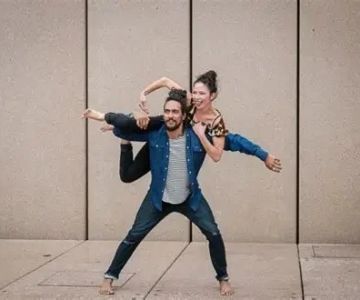
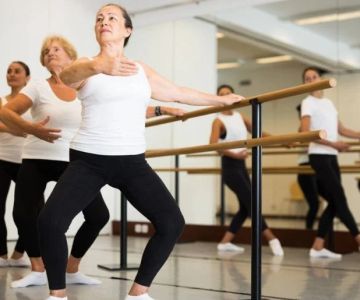
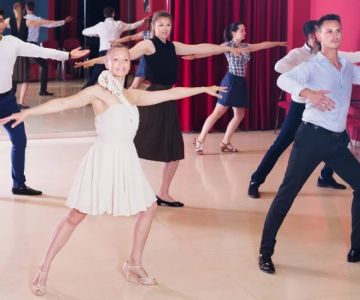
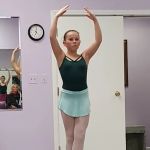 Barrington Dance Academy5.0 (22 reviews)
Barrington Dance Academy5.0 (22 reviews)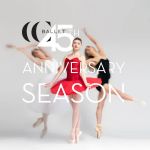 Canyon Concert Ballet4.0 (17 reviews)
Canyon Concert Ballet4.0 (17 reviews) Big City Dance Center LLC4.0 (25 reviews)
Big City Dance Center LLC4.0 (25 reviews)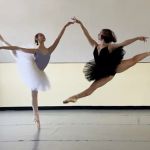 Tye Chua Dance & Kalamazoo Ballet5.0 (18 reviews)
Tye Chua Dance & Kalamazoo Ballet5.0 (18 reviews) Fenton Ballet Theatre4.0 (24 reviews)
Fenton Ballet Theatre4.0 (24 reviews) Front Street Dance Center5.0 (7 reviews)
Front Street Dance Center5.0 (7 reviews) Are There Dances in Middle School? What Students and Parents Should Know
Are There Dances in Middle School? What Students and Parents Should Know How a Dance School in Instagram Builds Community and Success
How a Dance School in Instagram Builds Community and Success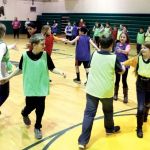 Why Do Schools Teach Square Dancing?
Why Do Schools Teach Square Dancing?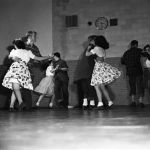 Why Was Square Dancing Taught in School?
Why Was Square Dancing Taught in School? Why Swing Dance Is Popular for Adults
Why Swing Dance Is Popular for Adults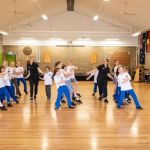 A School Dance: How to Prepare, Shine, and Make It Unforgettable
A School Dance: How to Prepare, Shine, and Make It Unforgettable